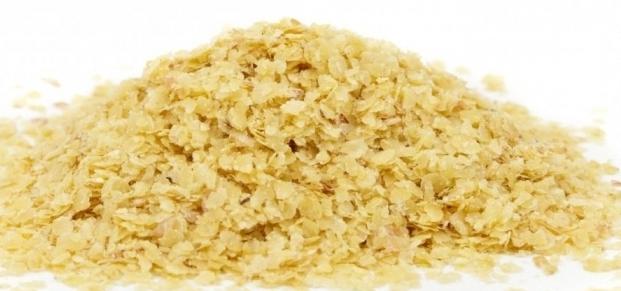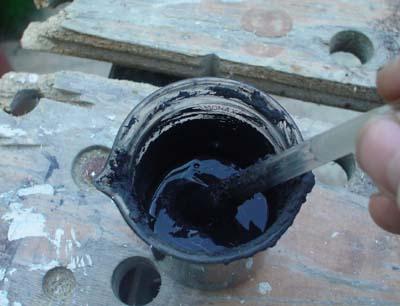Colloidal sulfur: description, application
Colloidal sulfur (another common name- fungicide) is used everywhere to protect all garden and garden crops from most pests and diseases, including powdery mildew, ascochitis, keel, plant mites, oidium, anthracnose, scab.

Colloidal sulfur should not be mixed with otherdrugs, although the instruction allows the combination with some fungicides. However, chemical reagents are inclined to give reactions, so to avoid being left without a crop, it is better to abandon the experiments. The standard packaging is 40 g.

1. To treat cabbage against a whale or sugar beet against dew, a powdery sachet of the drug is diluted in ten liters of water. The liter of the solution is designed for 10 m². Processing is three-fold.
2. For processing cucumbers from powdery mildew:
- in the open ground, a working solution is prepared from 20 liters of water and 40 g of the preparation (the liter of the solution is designed for 10 m², the treatment is four-fold);
- For a protected work solution, the working solution is prepared from 10 liters and 40 g of the preparation (two liters of solution are designed for 10 m², treatment is five-fold).
3. To process melons and watermelons from ascochitis, anthracnose, and powdery mildew in 10 liters of water, one packet (40 g) is diluted. 10 m² is treated with a liter of solution. Sprayed three times.
4. To protect the currant from powdery mildew in 10 liters of water, a packet of the drug is diluted. One bush will require 1.5 liters of solution. It is processed three times.
5. To treat apple, quince, pear against scab and mildew the package of the preparation is diluted in 5 liters of water. On a young tree consumed about two liters of solution. For an adult, the volume of the solution is increased depending on the size of the tree. Processing fivefold.

7. Drugs against powdery mildew are treated with a solution prepared from 4 liters of water and a bag of colloidal sulfur. The consumption rate is 10 square meters per liter. Double treatment.
8. Flowers, flowering crops against anthracnose, ascohitosis, powdery mildew require treatment with a solution of 5 liters of water and a sachet of the drug. Approximate consumption per 10 m² - liter of solution. Five-fold spraying.
9. The remaining cultures against plant mites are treated with a solution of colloidal sulfur, prepared from 5 liters of water and a sachet of the preparation. Five-fold spraying.
Intervals between treatments are 10-15 days. The last spraying can be carried out 3 days before harvesting. The solution is prepared by gradually adding water to the drug and is consumed on the same day. In the diluted form, colloidal sulfur is not stored. The action begins after 3 hours.





